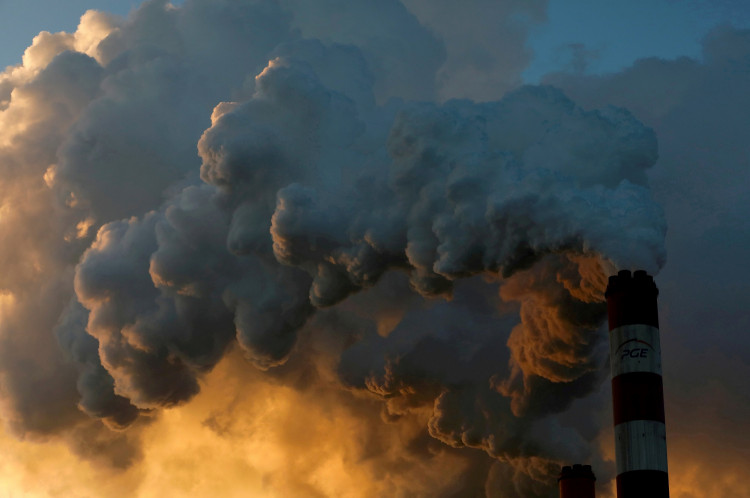A study has found it takes the carbon footprint of three Americans only to kill a person.
According to the study, the emissions from a single coal power plant emit enough carbon to cause nearly 900 deaths.
The findings were made by Columbia University's Earth Institute on the "social cost of carbon." The Guardian says the research seeks to calculate a dollar amount that can be directly linked to each ton of carbon dioxide discharged into the atmosphere.
Researchers calculated that for every 4,434 metric tons of carbon dioxide released into the Earth's atmosphere, one person will die as a result of the increased temperature caused by the sun's heat being trapped in our atmosphere.
When additional carbon is factored in, the figure changes to 3.5 Americans.
"There are a significant number of lives that can be saved if you pursue climate policies that are more aggressive than the business as usual scenario," Daniel Bressler, the study's author, said. "I was surprised at how large the number of deaths are. There is some uncertainty over this, the number could be lower but it could also be a lot higher."
A Harvard study published in February found similar conclusions, with researchers discovering that poor and harmful air quality kills more than 8 million people worldwide each year.
Over the past month, the world has been hit by a succession of heatwaves, including the catastrophic heat and wildfires in the U.S. Pacific Northwest, when temperature records in Seattle and Portland were shattered and hundreds of people died from heatstroke and other related ailments.
According to scientists, the climate crisis caused by carbon emissions is making heat waves significantly more often and intense.
The researchers hope that the findings would lead individuals to call on their governments to make changes and establish regulations that will affect businesses and cut global carbon emissions.
"My view is that people shouldn't take their per-person mortality emissions too personally," Bressler said. "Our emissions are very much a function of the technology and culture of the place that we live."






